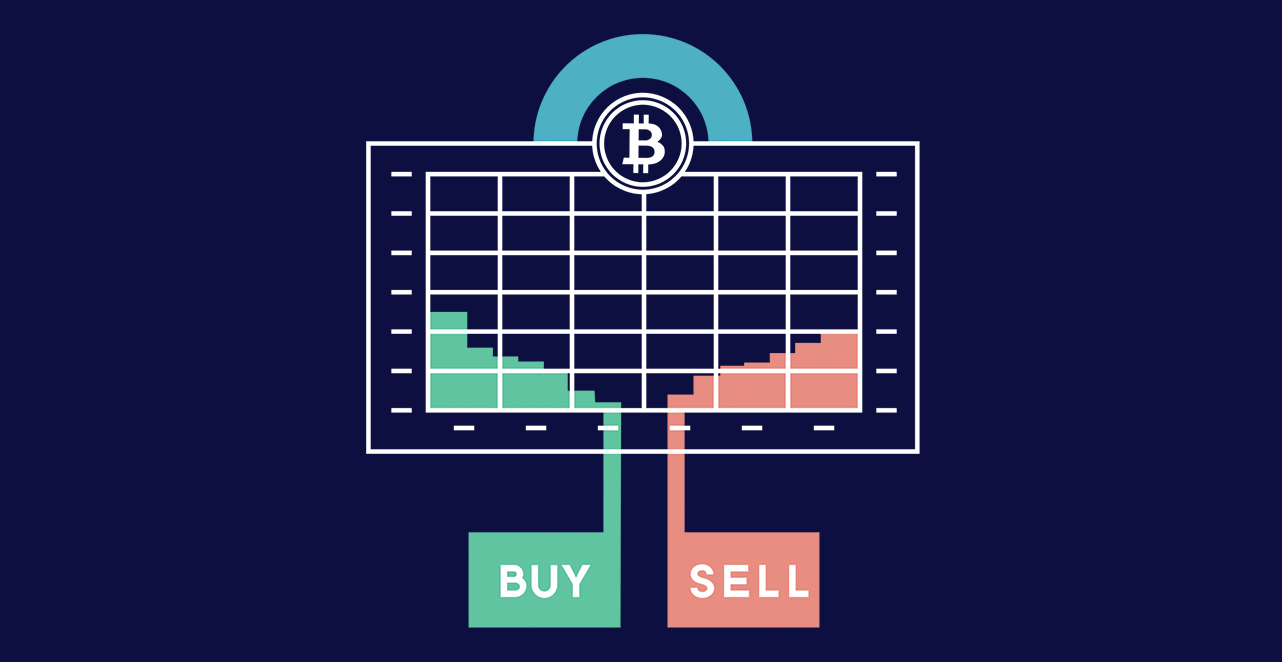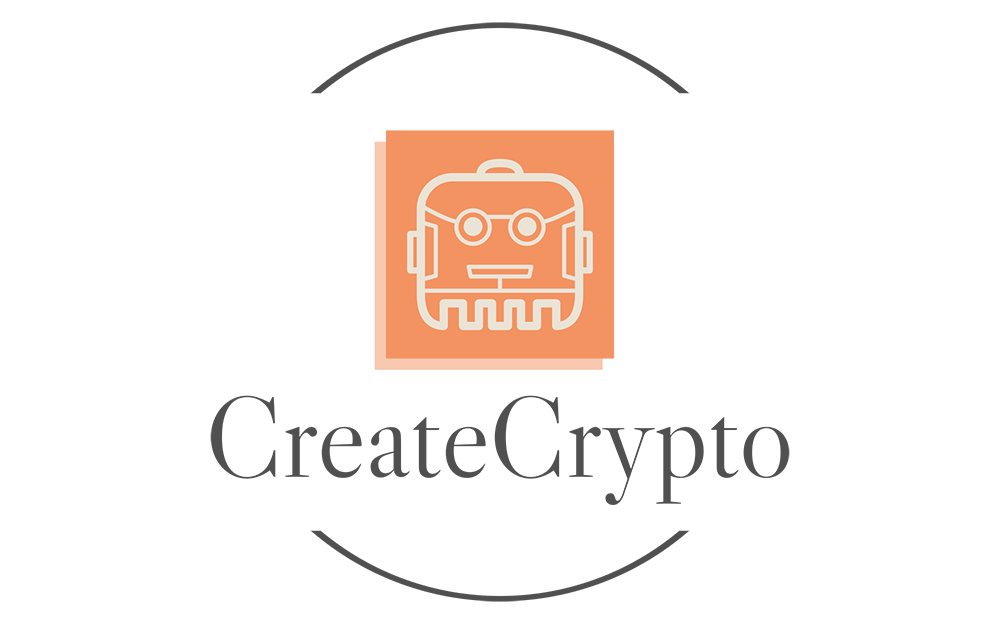
Cryptocurrency trading has evolved, and savvy investors are turning to automation for a competitive edge. In this guide, we’ll explore the intricate process of creating a crypto trading bot, demystifying the complexities and providing practical insights. Whether you’re a seasoned trader or a beginner, this guide will empower you to navigate the crypto markets with confidence.
Understanding the Basics of Crypto Trading Bots
Understanding the Basics of Crypto Trading Bots is crucial for anyone looking to venture into the world of automated cryptocurrency trading. At its core, a crypto trading bot is a software program designed to execute buy or sell orders on behalf of a trader, based on pre-defined criteria and trading strategies. These bots operate in the fast-paced and volatile crypto markets, aiming to capitalize on price fluctuations and market trends.
One fundamental aspect to grasp is how these bots work. They analyze market data, such as price movements, volume, and other relevant indicators, to make informed trading decisions. By automating these processes, traders can execute trades swiftly and efficiently, reacting to market changes in real-time. Understanding the intricacies of algorithmic trading and the various strategies employed by these bots is essential for developing a successful and profitable trading approach.
Choosing the Right Programming Language
When it comes to creating a crypto trading bot, selecting the appropriate programming language is a critical decision that significantly influences the bot’s performance and development process. Here are key considerations to guide you in making the right choice:
- Understanding Your Goals: Before diving into programming languages, clearly define your bot’s goals. Are you aiming for speed, flexibility, or ease of development? Different languages excel in various aspects, so align your choice with your project objectives.
- Popular Choices: Some languages are widely adopted in the development of trading bots. Python, due to its simplicity and extensive libraries, is a popular choice. Alternatively, languages like Java and C++ offer speed and efficiency, making them suitable for high-frequency trading.
- Community Support: Consider the size and activity of the programming language’s community. A vibrant community ensures ongoing support, regular updates, and a wealth of resources, which can be invaluable when troubleshooting or seeking advice.
- Integration with APIs: Crypto trading bots often interact with various APIs to access market data and execute trades. Ensure the programming language you choose has robust support for API integration to streamline communication with exchanges.
By carefully considering these factors, you can make an informed decision when choosing the right programming language for your crypto trading bot, setting the stage for a successful and efficient development process.
Setting Up Development Environment
Setting up the development environment for your crypto trading bot is a crucial step that ensures a smooth and efficient coding process. Here’s a detailed guide, accompanied by a table highlighting key components:
|
Component |
Description |
Recommended Tools/Platforms |
|---|---|---|
|
Integrated Development Environment (IDE) |
Choose an IDE that suits your programming language. Popular choices include Visual Studio Code, PyCharm, and Eclipse. |
Visual Studio Code, PyCharm, Eclipse |
|
Version Control System |
Implement version control to track changes in your code and collaborate seamlessly. Git is widely used, and platforms like GitHub provide hosting services. |
Git, GitHub |
|
Package Manager |
Depending on your programming language, use a package manager to handle dependencies. For Python, pip is commonly used. |
pip (Python), npm (Node.js), yarn (Node.js) |
|
Virtual Environment |
Isolate your project’s dependencies using virtual environments to avoid conflicts with other projects. |
venv (Python), virtualenv (Python) |
|
Database Management |
If your trading bot involves a database, set up a database management system (DBMS). PostgreSQL and MySQL are popular choices. |
PostgreSQL, MySQL |
|
API Documentation |
Ensure easy access to API documentation for the exchanges your bot will interact with. Familiarize yourself with the endpoints and data structures. |
Exchange API Documentation |
|
Communication Tools |
Facilitate collaboration with communication tools. Slack, Discord, or communication platforms provided by your chosen development environment can enhance team communication. |
Slack, Discord, Microsoft Teams |
This table provides an overview of the essential components for setting up your crypto trading bot’s development environment. Having the right tools in place ensures a streamlined and productive development process, allowing you to focus on implementing robust trading strategies and functionalities.
Optimizing and Fine-Tuning Your Bot
Optimizing and fine-tuning your crypto trading bot is a continuous process that separates successful automated traders from the rest. After the initial development phase, it’s essential to refine and enhance your bot’s performance to adapt to ever-changing market conditions.
One key aspect of optimization involves regularly reviewing and adjusting your trading strategies. Markets evolve, and what may have worked initially might need modification. Analyze the bot’s historical performance through backtesting, identify patterns, and tweak your strategies accordingly. This iterative approach ensures that your bot remains adaptive and effective in various market scenarios.
Moreover, consider implementing risk management techniques to protect your investment. Adjusting parameters such as stop-loss levels and position sizes can mitigate potential losses and enhance the overall risk-return profile of your trading bot. Additionally, keep an eye on transaction costs, as high-frequency trading can be sensitive to these costs, impacting your bot’s profitability.
FAQs
Q: Can I build a trading bot without coding experience?
Absolutely! There are user-friendly platforms that allow you to create a trading bot without extensive coding knowledge.
Q: What is the average cost of developing a trading bot?
The cost varies based on complexity. However, budget-friendly options exist, and some open-source frameworks significantly reduce development expenses.
Q: Is it legal to use a crypto trading bot?
Yes, using a trading bot is legal. However, it’s crucial to comply with the regulations of the jurisdiction you operate in.
Q: How can I ensure my bot is not vulnerable to hacking?
Implementing robust security measures, using encryption, and regularly updating your bot can significantly reduce the risk of hacking.
Q: Are there successful traders who use crypto trading bots?
Yes, many successful traders utilize trading bots as part of their strategy, leveraging automation for efficient market analysis and execution.
Q: Can I run multiple trading bots simultaneously?
Yes, running multiple bots is possible, but it requires careful consideration of resources, strategies, and market conditions.
Embarking on the journey to create a crypto trading bot is both exciting and rewarding. Armed with the knowledge gained from this guide, you’re well-positioned to explore the world of automated trading. Remember, continuous learning and adaptation are the keys to sustained success in the dynamic realm of cryptocurrency markets.
